An update of SPICE for ESA solar system exploration missions
- 1RHEA System for the European Space Agency, Villanueva de la Cañada, Spain
- 2European Space Agency, Villanueva de la Cañada, Spain
The European Space Agency conducts planetary science and heliophysics investigations with a set of interplanetary missions such as Mars Express and ExoMars 2016 –currently in operations-, Rosetta, Venus Express, SMAR-1, Huygens and Giotto –in legacy phase- and will do so with BepiColombo, Solar Orbiter, ExoMars 2020, Jupiter Icy Moons Explorer (JUICE) and Hera missions. To support the study phase, planning, operations, data analysis and exploitation processes, the availability of ancillary data and other geometrically relevant models (spacecraft and related natural bodies trajectory and orientation, reference frames, digital shape models, science payload modeling, etc.) is a must.
SPICE is an information system the purpose of which is to provide scientists the observation geometry needed to plan scientific observations and to analyze the data returned from those observations. SPICE is comprised of a suite of data files, usually called kernels, and software -mostly subroutines. A customer incorporates a few of the subroutines into his/her own program that is built to read SPICE data and compute needed geometry parameters for whatever task is at hand. Examples of the geometry parameters typically computed are range or altitude, latitude and longitude, phase, incidence and emission angles, instrument pointing calculations, and reference frame and coordinate system conversions. SPICE is also very adept at time conversions.
The ESA SPICE Service (ESS) leads the SPICE operations for ESA missions. The group generates the SPICE Kernel datasets (SKD) for missions in missions in and legacy). ESS is also responsible for the generation of SPICE Kernels for Solar Orbiter and Hera. The generation of these datasets includes the operation software to convert ESA orbit, attitude and spacecraft clock correlation data into the corresponding SPICE format. ESS also provides consultancy and support to the Science Ground Segments of the planetary missions, the Instrument Teams and the science community. ESS works in partnership with the Navigation and Ancillary Facility (NAIF), a group at the Jet Propulsion Laboratory (JPL/NASA) originator and responsible of evolving and maintaining the SPICE system components.
The quality of the data contained on a SKD is paramount. Bad SPICE data can lead to the computation of wrong geometry and wrong geometry can jeopardize science results. ESS, in collaboration with NAIF is focused on providing the best SKDs possible. Kernels can be classified as Setup Kernels (Frame Kernels that describe Reference Frames of a given S/C, Instrument Kernels that describe a given sensor FoV and other characteristics, etc.) and Time-varying Kernels (SPK and CK kernels that provide Trajectory and Orientation data, SCLK that provide Time Correlation Data, etc.). Setup Kernels are iterated with the different agents involved in the determination of the data contained in those kernels (Instrument Teams the Science Ground Segment, etc.) and Time-varying kernels are automatically generated by the ESS SPICE Operational pipeline to feed the Operational kernels that are used in the day-to-day work of the missions in operations (planning and data analysis). These Time-varying kernels are peer-reviewed a posteriori for the consolidation of SKDs that are archived in the PSA and PDS. This contribution will outline the status of the SKDs maintained by ESS.
ESS offers other services beyond the generation and maintenance of SPICE Kernels datasets, such as configuration and instances for WebGeocalc (WGC) and SPICE-Enhanced Cosmographia (COSMO) for the ESA Missions WGC provides a web-based graphical user interface to many of the observation geometry computations available from SPICE. A WGC user can perform SPICE computations without the need to write a program; the user need have only a computer with a standard web browser. COSMO is an interactive tool used to produce 3D visualizations of planet ephemerides, sizes and shapes; spacecraft trajectories and orientations; and instrument field-of-views and footprints. This contribution will outline how the Cosmographia and WGC instances for ESA Planetary missions can be used, out of the box, for the benefit of the science community.
How to cite: Costa Sitjà, M., Escalante López, A., and Arviset, C.: An update of SPICE for ESA solar system exploration missions, Europlanet Science Congress 2020, online, 21 September–9 Oct 2020, EPSC2020-204, https://doi.org/10.5194/epsc2020-204, 2020

